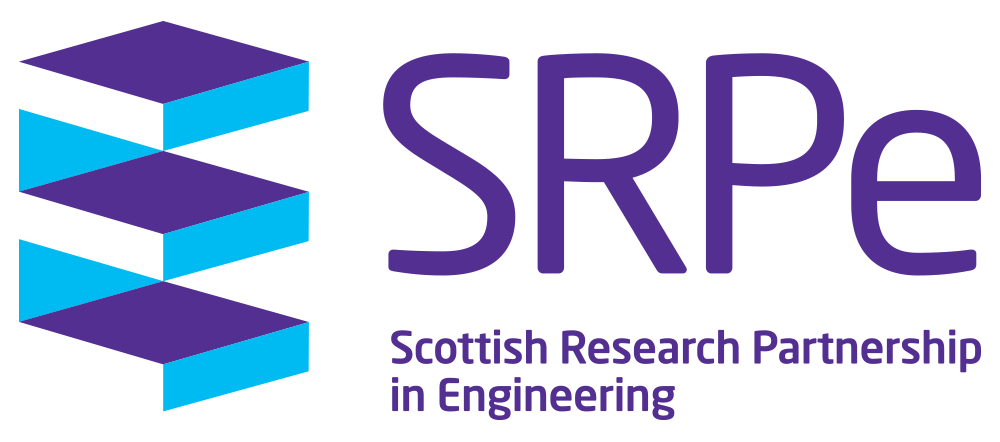Investigating a novel heat transfer loop integrated into a seasonal passive heat recovery and ventilation system
Academic Institution: University of Edinburgh
Academic Supervisor: Professor Daniel Friedlich
Industry Partner: Free Running Buildings Limited
PhD Student: Harry Mahon
Start Date: 13th February 2020
Abstract
Space heating and air-conditioning of buildings requires 23% of the UK’s total energy demand and contributes 20% of CO2 emissions. According to the HSE, indoor temperatures increased by 3°C in 20 years due to occupant thermal comfort demands, leading to a 20% energy demand increase. Furthermore, adequately ventilating buildings requires full refresh of inside-air every 6-10 minutes. These can be address using mechanical systems but are highly energy intensive.
To address the energy/cost-demands of existing air-conditioning or mechanical ventilators, adoption of wind-tower-based passive ventilation is growing. However, the requirement to raise the inlet air temperature in colder weather stimulates a significant space-heating requirement in many markets, which fundamentally restricts the zero-energy operating window and economic-viability of this approach. A practical and retrofittable PVHR technology for year-round operation is urgently required.
The Universities of Strathclyde, Edinburgh, and Free Running Buildings aim to develop a low energy heat transfer loop (HTL) with the facility for short-term heat storage, integrated with a passive ventilation system such as a wind tower. The HTL recovers heat from exhaust air of the wind tower, transferring it to the incoming air. The increased temperature of the incoming, fresh air reduces the demand on space-heating systems, lowering energy costs and supplying adequate air for good IAQ.
A combined passive cooling, heat recovery and energy storage system is highly desirable and novel. One that can utilise a seasonal loop to provide consistent indoor air temperature at 21C all year round would be transformational. A target of 3°C recovery from the exhaust air to incoming air, in addition to free ventilation, is expected to result in energy savings of 20% or higher.
